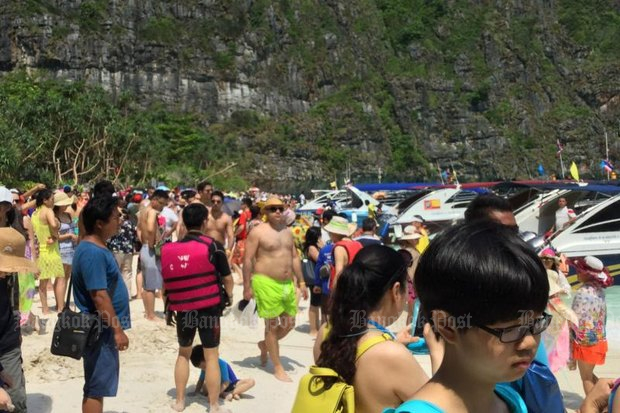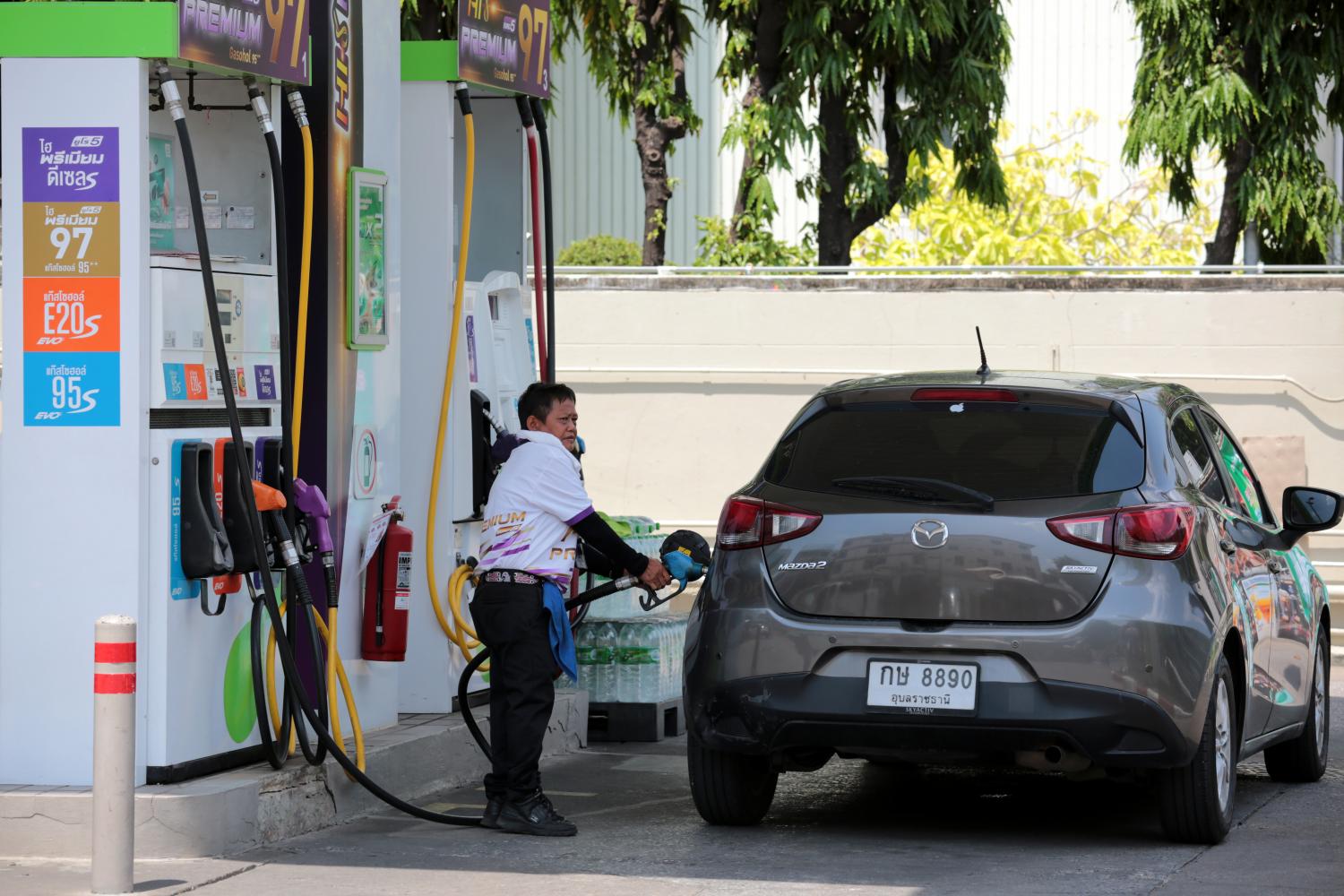
The number of foreign visitors to the country's national marine parks will be limited to 6 million a year under a plan to protect marine resources from swift deterioration brought on by heavy tourism, according to a national strategy drafting committee handling environmental issues.
Thon Thamrongnawasawat, deputy dean of Kasetsart University's Faculty of Fisheries, who sits on the committee, said it has decided that the number of tourists visiting the parks will be capped starting this year or next.
The committee has informed the Department of National Park, Wildlife and Plant Conservation of its decision. Although the plan has yet to be approved, he believes there will be no objections.
The department must now come up with measures to ensure the cap is met, Mr Thon said.
If any marine parks are found to exceed their quota they will face legal action under Section 157 of the Criminal Code, he added. The section deals with malfeasance and dereliction of duty.
Mr Thon stressed that no one should consider themselves above the law.
In this area, key officials include the natural resources and environment minister, the permanent secretary for natural resources and environment, the director-general of the Department of National Park, Wildlife and Plant, the director-general of the Department of Marine and Coastal Resources, and the Ministry of Tourism and Transport.
They will all be held accountable, Mr Thon said.
Mr Thon said 4.8 million foreign tourists from 34 countries visited Thai national marine parks last year. Some 5.6 million are expected in 2018. The number of Thai tourists is unlikely to exceed 2 million, he added.
The committee on creating an environmentally friendly quality of life is one of six that Prime Minister Prayut Chan-o-cha appointed on Sept 28 last year to map out various areas of national strategy.
The six panels comprise 70 members in total. They involve national security, building competitiveness, development of human resources, social equality, creating an environmentally friendly quality of life, and ensuring balance in state-sector management.
Mr Thon expressed concern Wednesday about the problems associated with heavy tourism, saying it jeopardises marine resources.
He cited a recent case in which a Western couple were captured on film sitting on soft coral near Koh Talang in the Tarutao National Marine Park in Satun. The clip subsequently went viral.
Soft coral is easily damaged. Mr Thon, one of the country's top marine ecologists, urged tourists and divers to avoid it.
Another case involved a Chinese tourist walking on a coral reef in the Noppharat Thara National Marine Park near Phi Phi island in Krabi, Mr Thon said.
"Cases like this happen almost every day. It just depends whether authorities notice them. Some tour guides have failed to advise tourists to avoid acting inappropriately."
Mr Thon earlier referred to research conducted by Mayuree Nasa, saying a national park in the Similan Islands welcomed 75 people a day on average in 2011; seven years later, that number has jumped to 6,000 tourists a day.



